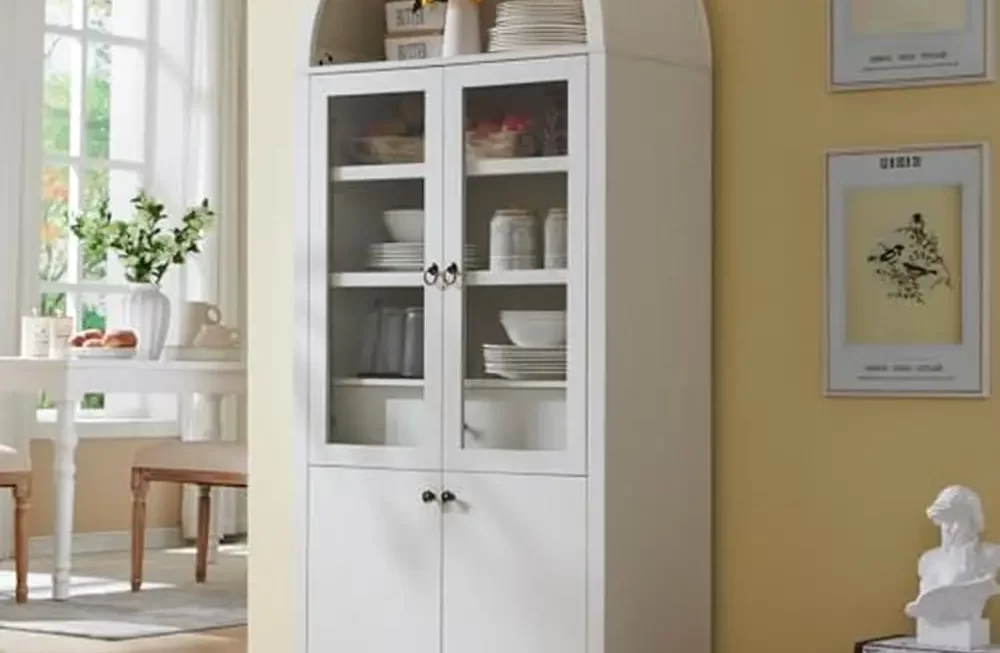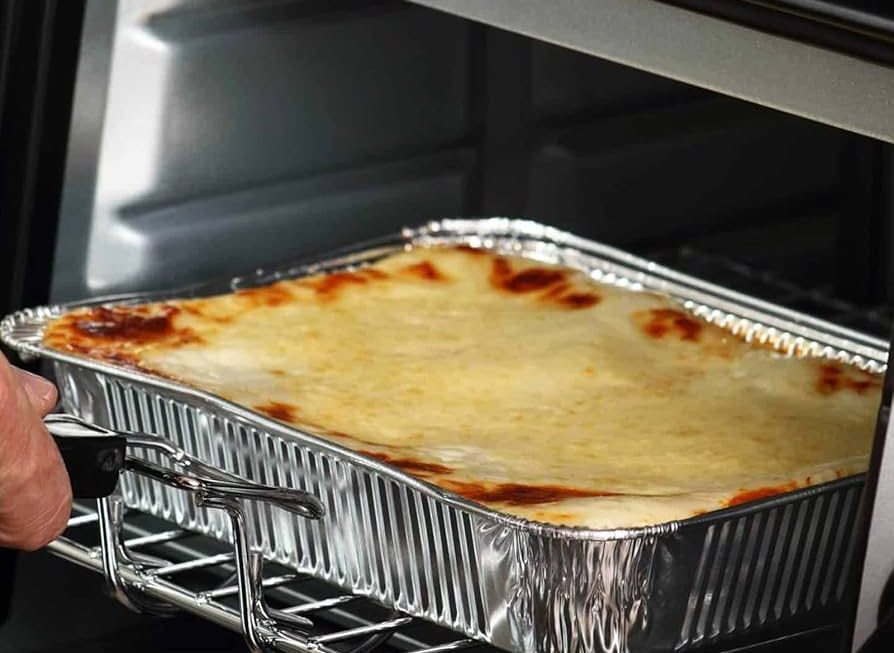Introduction:
Stainless steel kitchen utensils are essential tools in every culinary enthusiast’s kitchen. With their durability, versatility, and attractive appearance, stainless steel utensils offer numerous benefits for cooking and food preparation.
In this comprehensive article, we will explore the advantages of stainless steel kitchen utensils, their various types, care and maintenance tips, and why they are the preferred choice for both amateur and professional chefs. By understanding these aspects, you can make informed decisions when selecting and using stainless steel utensils in your kitchen.
Advantages of Stainless Steel Utensils:
Durability:
Stainless steel utensils are highly durable and resistant to rust, corrosion, and staining. They can withstand heavy use and are less prone to scratches or dents.
Hygiene:
Stainless steel is non-porous, making it resistant to bacteria growth. This ensures a sanitary environment for food preparation and reduces the risk of contamination.
Heat Resistance:
Stainless steel utensils can withstand high temperatures without warping or deforming. They are ideal for cooking, stirring, and serving hot dishes.
Versatility:
Stainless steel utensils are suitable for various cooking methods, including sautéing, stirring, flipping, and baking. They can be used with different types of cookware and are compatible with most heat sources.
Aesthetic Appeal:
The sleek and shiny appearance of stainless steel utensils adds a touch of elegance to any kitchen. They are visually appealing and can complement a wide range of kitchen styles and designs.
Types of Stainless Steel Kitchen Utensils:
a. Spatulas: Stainless steel Kitchen Utensils spatulas are widely used for flipping and turning food during cooking. They come in various sizes and shapes, such as slotted or solid, to cater to different culinary needs.
b. Tongs: Stainless steel tongs are versatile tools for gripping, tossing, and serving food. They are available in different lengths and styles, including locking tongs for easy storage.
c. Whisks: Stainless steel whisks are essential for mixing and incorporating air into ingredients. They feature wire loops that are sturdy and efficient in blending and beating.
d. Ladles: Stainless steel ladles are commonly used for portioning and serving soups, stews, and sauces. They have deep bowls and long handles for easy scooping and pouring.
e. Spoons and Forks: Stainless steel Kitchen Utensils spoons and forks are multipurpose utensils used for stirring, serving, and enjoying meals. They come in various sizes, including slotted spoons for straining liquids.
f. Knives: Stainless steel knives are essential tools for cutting, slicing, and chopping ingredients. They are known for their sharpness, durability, and resistance to stains and corrosion.
g. Measuring Spoons and Cups: Stainless steel measuring spoons and cups are accurate and durable tools for precise ingredient measurement in cooking and baking.
Care and Maintenance of Stainless Steel Utensils:
a. Hand Washing:
While most stainless steel utensils are dishwasher safe, hand washing is recommended to maintain their shine and longevity. Use warm water, mild soap, and a soft sponge or cloth to clean them thoroughly.
b. Drying: After washing, dry stainless steel utensils with a soft towel to prevent water spots or mineral deposits from forming.
c. Avoid Abrasive Cleaners: Avoid using harsh or abrasive cleaners, such as steel wool or harsh chemicals, as they can damage the stainless steel surface and remove its protective layer.
d. Stainless Steel Cleaners: Occasionally, use stainless steel cleaners or vinegar solutions to restore the shine and remove any stubborn stains or fingerprints. Follow the product instructions for best results.
e. Storage: Store stainless steel utensils in a clean and dry place to prevent moisture and humidity from causing corrosion. Consider using utensil holders or hanging racks to keep them organized and easily accessible.
Why Professional Chefs Prefer Stainless Steel Utensils:
a. Reliability:
Professional chefs rely on stainless steel utensils for their durability, resistance to wear and tear, and ability to withstand constant use in demanding kitchen environments.
b. Hygiene: Stainless steel’s non-porous surface ensures a hygienic cooking environment, which is essential in professional kitchens where food safety is a top priority.
c. Ease of Cleaning: Stainless steel utensils are easy to clean and maintain, allowing chefs to focus on their culinary creations rather than spending excessive time on cleaning and maintenance.
d. Versatility: Stainless steel utensils can handle a variety of cooking techniques and ingredients, making them versatile tools for professional chefs who need to prepare diverse dishes.
e. Professional Appearance: The sleek and polished appearance of stainless steel utensils adds a professional touch to any kitchen and presentation.
How to Choose Stainless Steel Kitchen Utensils:
Quality and Grade:
Look for high-quality stainless steel utensils made from food-grade stainless steel. Opt for utensils with a higher grade, such as 18/10 stainless steel, which indicates the percentage of chromium and nickel in the alloy. This ensures durability, resistance to corrosion, and a longer lifespan.
Weight and Balance:
Consider the weight and balance of the utensils. They should feel sturdy and well-balanced in your hand, allowing for comfortable and controlled use during cooking.
Handles:
Check the handles of stainless steel utensils. Look for ergonomic designs that provide a secure grip and prevent slipping. Handles with a textured or silicone coating can also offer additional comfort and heat resistance.
Construction:
Examine the construction of the utensils. Ensure that they are solidly built with no loose or wobbly parts. Pay attention to the seams and joints, as they should be smooth and well-welded for durability.
Heat Resistance:
Verify that the stainless steel utensils are heat resistant. They should be able to withstand high temperatures without warping or melting. Look for utensils that specify their heat resistance level, such as being oven-safe or suitable for high-heat cooking.
Compatibility with Cookware:
Consider the compatibility of stainless steel utensils with your cookware. They should be safe to use with different types of cookware, including non-stick pans. Utensils with rounded or smooth edges can help prevent scratching or damaging the surface of your cookware.
Multipurpose Functionality:
Look for stainless steel utensils that serve multiple purposes. This allows you to minimize clutter in your kitchen and maximize the versatility of your utensil collection.
Set or Individual Utensils:
Decide whether you prefer to purchase stainless steel utensils in a set or as individual pieces. Sets often offer a variety of utensils at a more cost-effective price, while individual utensils allow you to customize your collection according to your specific needs.
Brand Reputation:
Consider purchasing stainless steel utensils from reputable brands known for their quality and craftsmanship. Research customer reviews and feedback to ensure that you are selecting a reliable and trusted brand.
Budget:
Set a budget for your stainless steel utensil purchase. Compare prices and features to find the best value for your money without compromising on quality or functionality.
By considering these factors when choosing stainless steel kitchen utensils, you can make an informed decision and select utensils that meet your cooking needs, preferences, and budget. Quality, durability, and functionality are key aspects to prioritize, ensuring that your stainless steel utensils will serve you well in the kitchen for years to come.
Conclusion:
Stainless steel kitchen utensils are the preferred choice for chefs and cooking enthusiasts due to their durability, hygiene, versatility, and aesthetic appeal. With their resistance to rust, corrosion, and staining, stainless steel utensils can withstand heavy use and maintain their sleek appearance.
The various types of stainless steel utensils cater to different cooking needs, while their ease of care and maintenance make them practical tools in the kitchen. Whether you are an amateur or professional chef, incorporating stainless steel utensils into your culinary arsenal will enhance the cooking experience and contribute to delicious meals. Embrace the benefits of stainless steel utensils and enjoy the reliability, durability, and elegance they bring to your kitchen.







